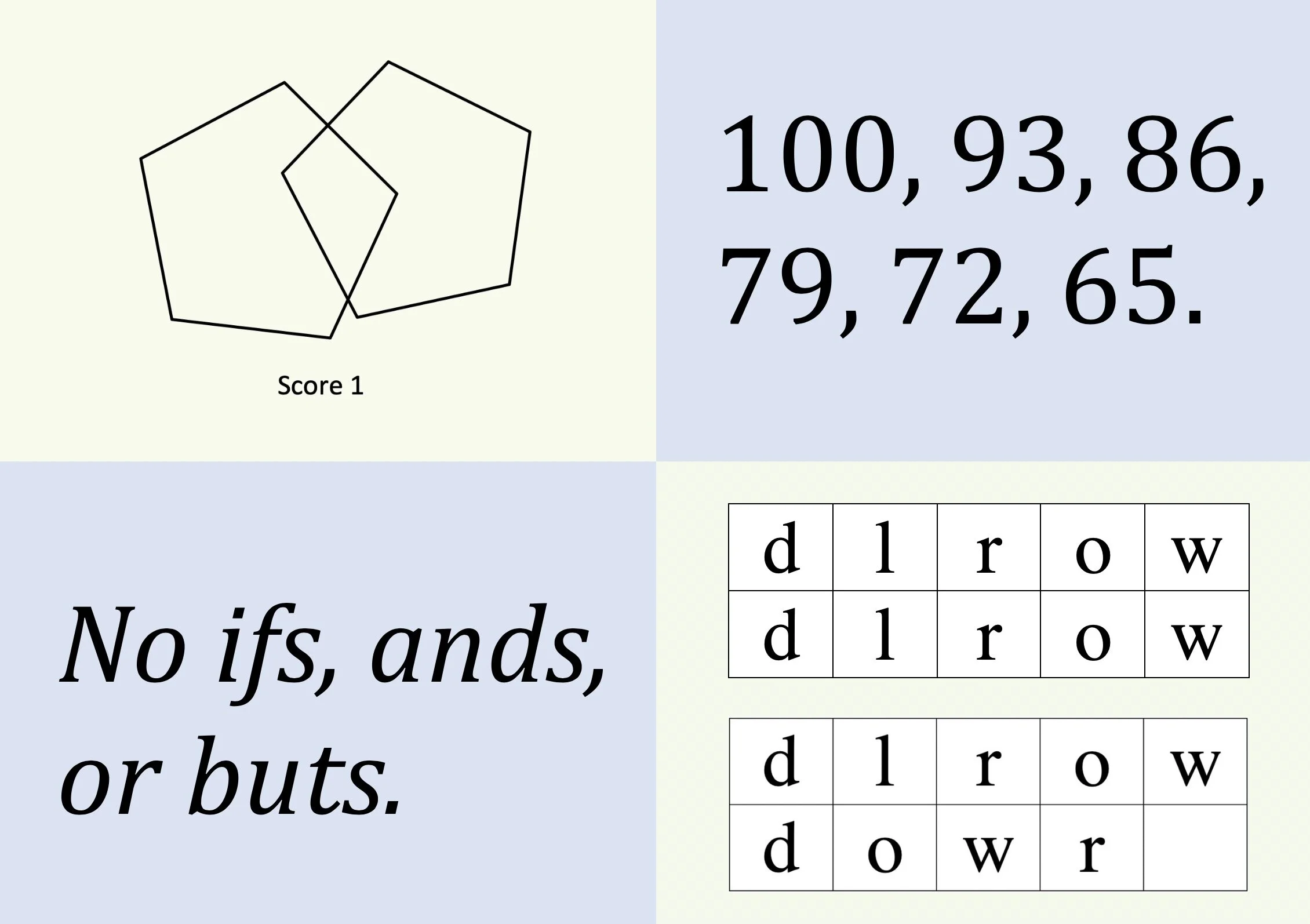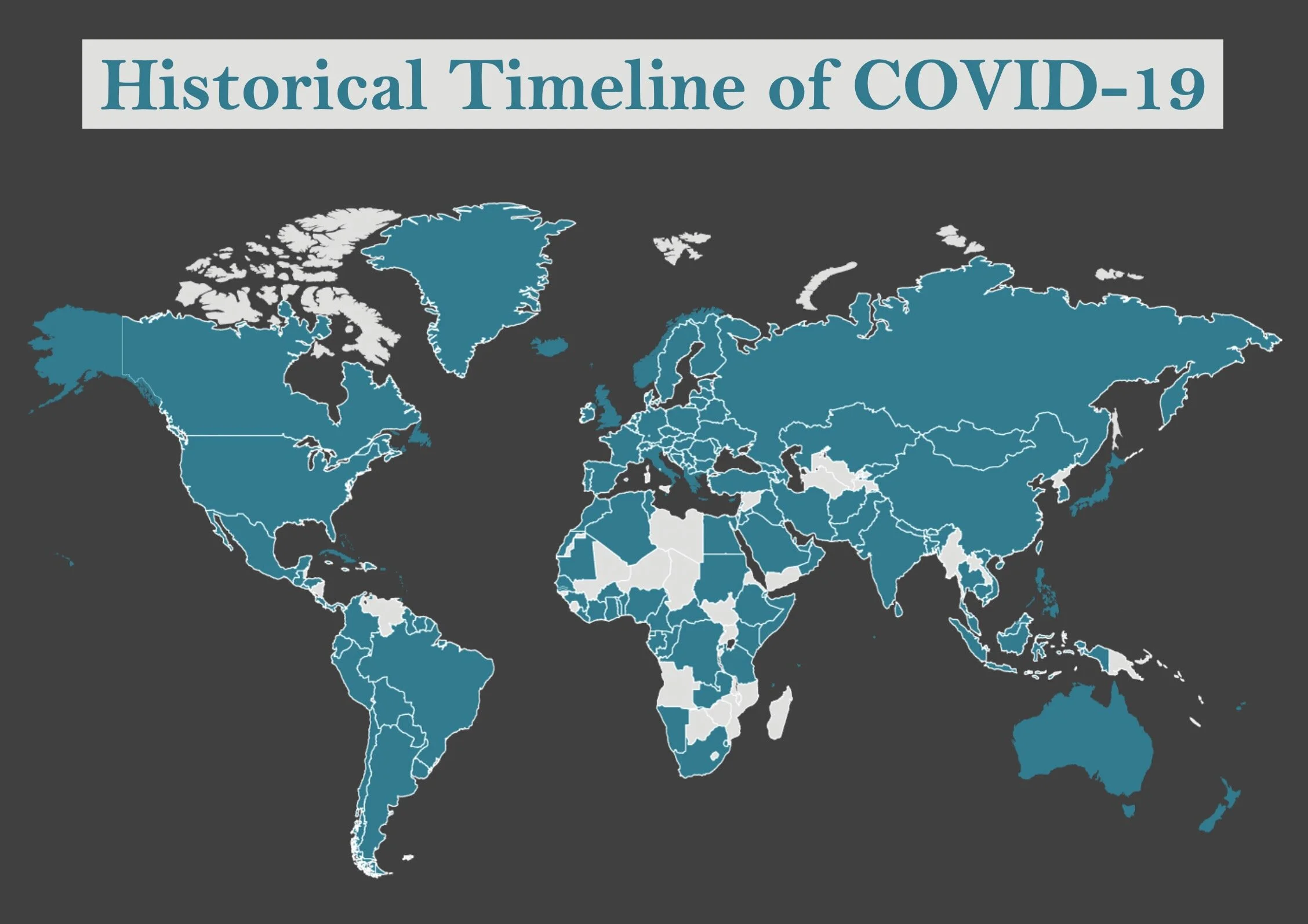All in Medicine & Pharmacy
Radiotherapy is a technique used as a treatment for cancer by using high doses of radiation such as photons and electrons to shrink or kill cancer cells and prevent further growth. The main goal is to break the cancer cell DNA as cancer cells have lost their ability to repair DNA damage successfully.
By 1997, in order to increase reliability and reduce variability, Dr D. William Molloy and Timothy I. M. Standish developed the Standardised Mini-Mental State Examination (SMMSE) which provided simple but detailed scoring instructions and reduced any ambiguity from the MMSE.
Ageing, inevitable and multifactorial, disrupts and dysregulates the gut microbiota, the immune system and the delicate balance of the inflammatory state. Targeting and preventing the dysregulation of the microbiota may be a novel treatment method for certain autoimmune diseases, depression and anxiety, and specific neurodegenerative diseases.
Sheryl and Tom live in Townsville, a sunny city residing on the coast in North of Queensland, Australia. Having lived her whole life mostly asymptomatically, it wasn’t until in 1998 that Sheryl has been diagnosed with Haemochromatosis, and upon doing the genetic test, was found to be homozygous C282Y.
The first description of haemochromatosis was done in 1865 by Dr Trousseau written in the French pathology literature. Later in 1889, it was described by the German pathologist von Recklinghausen who first used the term haemochromatosis meaning pigmentation/colour ‘chrom’ and ‘heam’ which is a prefix referring to the blood.
Part 2 demonstrates our assessment on ‘Learning How to Teach’ by using everything we had learned in Part 1. We had to showcase all our learning on teaching as my colleague and I had to prepare and present 2 lessons to a group of medical students.
I find this topic very interesting and invaluable, especially in a hospital setting where I could present a case study to a whole medical team. Learning how to teach enables the teacher to become better communicators, which is useful in physician to patient communication.
On the 11th of February, the name COVID-19 was chosen for the 2019-nCoV. COVI refers to coronavirus, D for disease, and 19 for the year of the outbreak. The most recent pandemic occurred in 2009 and was caused by an influenza A (H1N1) virus, hence let us see the development of COVID-19 pandemic.
Viruses are a strange concept. They come from the edge of life containing a genome. They evolve rapidly through natural selection and reproduce by using their host's factory. Are they dead or alive? In December 2019, a novel virus was brought into the spotlight. What is the 2019-nCoV (COVID-19), and should we worry?
Around the world, pesticides have played a significant role in deterring any vertebrates and macro-invertebrates. Organophosphates are the most known and used pesticide and are very effective at what they do. Organophosphates are also dangerous, hence what should you do if you are exposed?
Only a methyl group separates between Adrenaline and Noradrenaline, but their effects are very different. Here I decided to put together their differences and similarities as I found to be useful to distinguish between each other, especially since they have different medical usage.
The 4P factor model formulation is a tool used in psychology and psychiatry where it is deemed necessary and useful. It is quick, easy-to-use and is a structured method to describe, assess and observe your patient’s narrative into a coherent and concise record. In a nutshell: “The formulation asks what is wrong, how it got that way, and what can be done about it”.
The Mental State Examination (MSE) is a tool used in psychology, psychiatry, psychological medicine or anywhere else where it is deemed necessary or useful. It is quick, easy-to-use and is a structured method to describe, assess and observe your patient psychological functioning and mental state.
I have made a guide on how to do an assessment and a comparative study on the release of an API in three chosen topical semisolid dosage form. I used the USP Dissolution Apparatus 2 and aspirin as my API. The purpose of this pharmaceutic exercise was to introduce us on how to use the dissolution methods and understand its relevance.
Currently, there are no drugs that can cure dementia and only limited medications that can temporarily improve cognition symptoms. The goals of Alzheimer’s drugs are to prevent neuron cell death, remove Aβ proteins or aggregations, prevent neurofibrillary tangles, increase synaptic communication and interactions, and finally reduce metal ions, radicals and reactive oxygen species.
Around the world, there is a need to increase the expenditure in development and research of dementia. For every 3 seconds, a person is developing dementia which 60-70% of the cases are diagnosed as Alzheimer’s disease. The number of people with Alzheimer’s disease will triple by 2050. Should we worry?
I gave a presentation about the relationship of subject wellbeing, a scientific word for happiness, and the health of individuals. I then researched how high or low their subject wellbeing was and compared to their social-economic determinants of health which was very interesting and new to me. Health is essentially connected to happiness!
Medicine is often described as an interdisciplinary profession where a medical practitioner is usually and often interacting with many other healthcare professions. Hence, the ability to communicate effectively not just to patients but to other colleagues of similar profession and other professions is crucial.







































